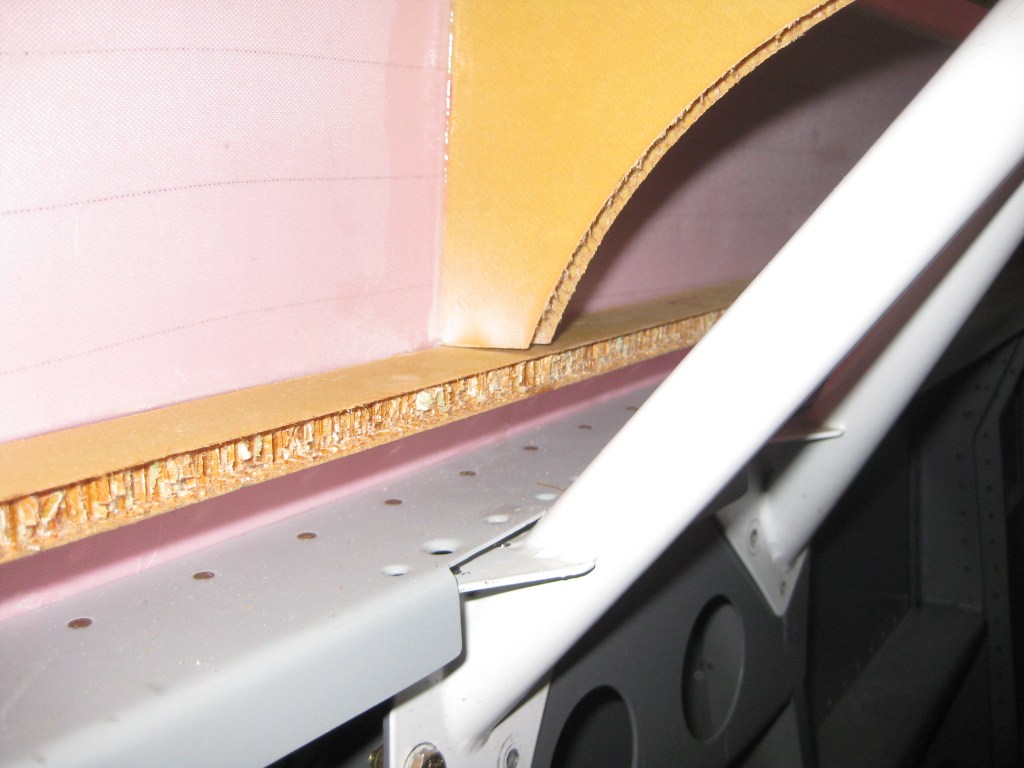Fastback 29
I spoke to Bryan from Show Planes today. He was nice enough to walk me through the best way to do the layups for the bulkheads and stiffeners. I really must say he’s gone above and beyond in his support for this kit. He spent 30 min on the phone and was more than helpful. Combine the excellent service and advice with an extremely well made kit, and I really can’t say enough good things about Show Planes.
First step this evening was to remove the canopy skirt from the fuselage. I also removed all the tape.
You can see from the first few photos that much of the flox leaked down below and made a mess. I anticipated this, particularly with the rail stiffeners, and everything was protected by tape and plastic.
I used a dremel and a sanding block to knock down the built up flox on the underside of the canopy skirt. I then applied a filet of flox to the underside to fill in the missing patches that were either missed or flowed downwards from gravity. I’m very happy with the result. The only area not perfectly true is the front of the left rail which has a slight twist. This will be easy enough to incrementally fix as I apply the layups and eventual filler.
I mixed my first batch of micro balloons. This stuff is pretty cool. The balloons mix in an entirely different way from the flox. The smooth surfaces create a smooth paste. Consistency is much more silky than the flox, and I find it a little easier to mix the right amount. Although I let one application below be a little bit too viscous. Since the skirt was upside down, for the flox fillets underneath, I took the opportunity to being filling the edges with micro balloons.
Based on Bryan’s advice, I kept the micro balloons fairly viscous, and therefore only filled in the areas that were horizontally positioned. In future sessions I can do the left, right, and top sides.
I also put a very fine fillet of flox between the two center bulkheads. I will do the same on the other side before applying micro balloons.
The results of the day can be seen here. Nice smooth surfaces on the underside of the rail stiffeners. I cleaned up the transitions to the forward and aft bulkheads.























